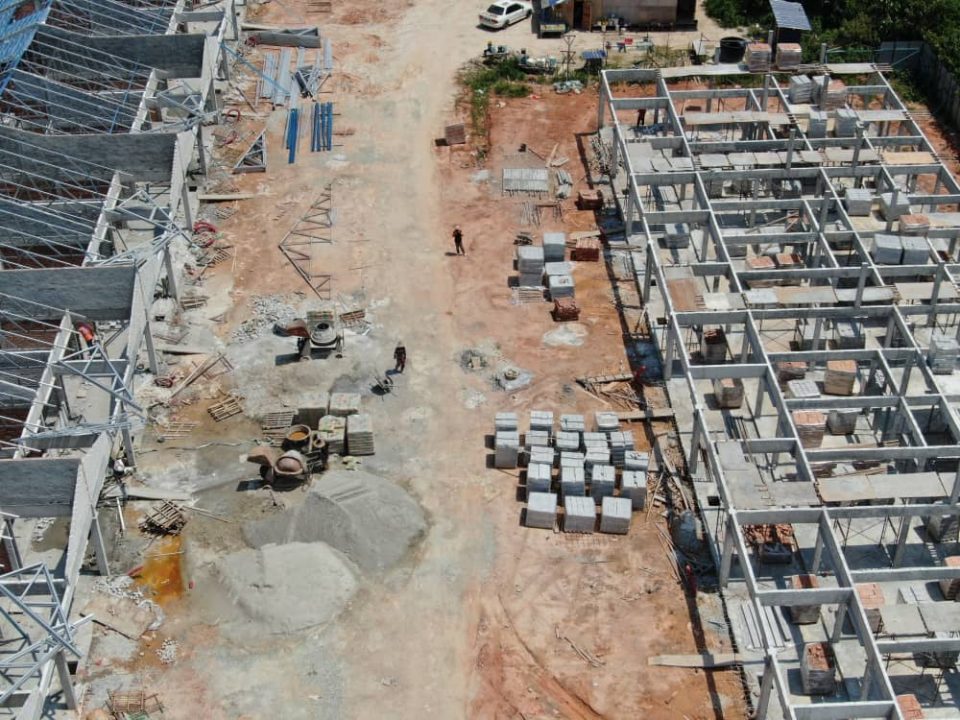KUALA LUMPUR, March 29 — Activity in the housing market continued to be robust in the second half (2H) of 2022, following the resumption of economic activities and improved employment conditions, said Bank Negara Malaysia (BNM).
In its Financial Stability Review (2H 2022) released today, the central bank said property market transactions continued to hover above the pre-pandemic levels in 2H 2022, primarily driven by transactions for purchasing properties priced at RM500,000 and below.
“Consequently, the growth in house prices (as measured by the Malaysian House Price Index) trended higher, towards its long-term average — third quarter (3Q) 2022 at 5.1 per cent; 1H 2022 at 2.5 per cent and 2015-2019 average at 5.3 per cent,” it said.
Despite rising inflationary and cost of borrowing pressures, BNM said activity in the housing market is anticipated to sustain its recovery momentum, backed by the gradual improvement in income and business conditions and policy measures.
“Such measures include the extension of the full stamp duty exemption for properties priced at RM500,000 and below and 75 per cent stamp duty discount on properties priced above RM500,000 to RM1 million,” it said.
BNM said that, nonetheless, the housing market continues to face downside risks arising from persisting demand and supply imbalances.
It said the number of unsold housing units has been on a declining trend but remained high compared to the historical average of 151,683 units, after hitting its peak during 4Q 2021 of 183,918 units, compared with the 2015-2019 average being 130,210 units.
“This comprises overhang and unsold under construction (35.6 per cent and 64.4 per cent of total unsold units, respectively) for residential, serviced apartments and small office, home office (Soho) units,” it said.
BNM said almost two-thirds of these units have remained unsold for more than three years, largely due to the price levels that are beyond the affordability of households, particularly in key states.
The slow take-up rate of these units is not expected to materially depress broader house prices, given that there are no significant concentrations of these units in key areas or projects, said the central bank.
“Projects with high levels of unsold units — that is above 80 per cent unsold rate — accounted for only 10 per cent of total projects with unsold units.
“This reduces the risk of large numbers of developers engaging in widespread and deep price cuts to clear unsold stock, which could have broader spillovers to the housing market,” it said.
Shift towards the mass market segment
Meanwhile, BNM said the incoming supply of newly launched residential properties continued to shift towards the mass market segment, with 44.3 per cent of properties priced at RM300,000 and below compared to 38.4 per cent in 2021 and an average of 35.2 per cent from 2015-2019.
“This was a positive development in helping to reduce further risks of demand-supply imbalances,” it said.
BNM also said financing activity for purchasing residential property improved, in line with market activity, and loan applications increased in 2H 2022 across all price ranges.
“With improved visibility on repayment behaviour, banks have been forthcoming in approving housing loans while observing prudent loan affordability assessments.
“This has resulted in the overall loan approval rate recovering above its pre-pandemic average level of 76.4 per cent (2021: 73.4 per cent; 2015-2019 average: 75.9 per cent),” it added.
— Bernama





